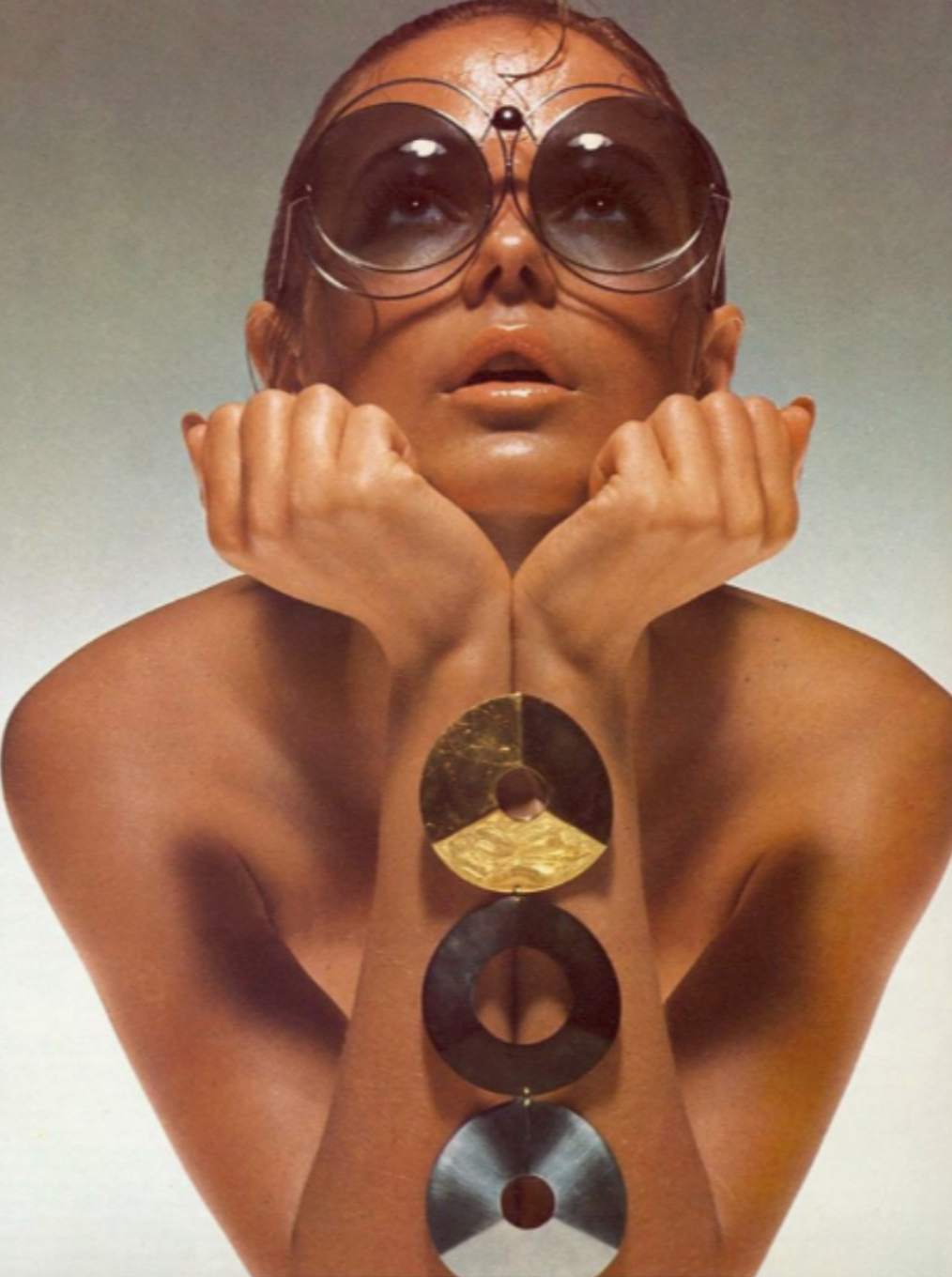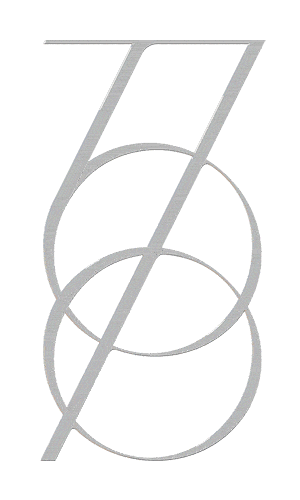Reference Material: Mod, Minimal, Moisturized

Palm Springs in the ’60s wasn’t just a place.
It was a mood. A playground. A low-key runway tucked between the poolside and the future.
Old Hollywood came here to escape — lounging in caftans, tinted sunglasses, and just enough SPF.
Designers came to experiment.
And style stopped being precious and started getting playful.
There was something in the air:
Softer silhouettes with sharper minds.
Less fuss, more fun.
Futurism with a tan line.
We’ve pulled together some of our favorite names from that era—not just because they made great clothes, but because they built a world. A visual language. One that still shapes the way we see beauty today.
Courrèges
Minimalism that was anything but boring.
He introduced space-age tailoring with clean lines and bright whites—fashion that felt like architecture.
The kind of structure that shows up in our packaging and our formulas: sleek, no fluff, all function.
Emilio Pucci
The king of movement. His prints didn’t just sit on fabric—they swirled, shimmered, danced.
Bold without being loud. Fluid without losing edge.
We see that same energy in the textures we create: skincare that glides, layers, and wears like a second skin.
Rudi Gernreich
Provocative, radical, and way ahead of his time.
He believed skin wasn’t something to hide—it was part of the design.
The first designer to normalize boldness in simplicity, and to prove that confidence could look like restraint.
Paco Rabanne
A master of turning metal into movement.
His work wasn’t soft, but it shimmered. It didn’t stretch, but it stunned.
He treated fashion like sculpture—and that’s how we think about skincare, too: as something designed, not just applied.
And then there were the others
Pierre Cardin, whose tailoring shaped a generation.
Mary Quant, who gave us mod minimalism with a wink.
Missoni, who made knits feel cool and chaotic in the best way.
These weren’t just outfits. They were statements.
Of freedom, of future-thinking, of redefining what beauty could look like.
And for us?
They’re more than reference material.
They’re part of what built 760.


